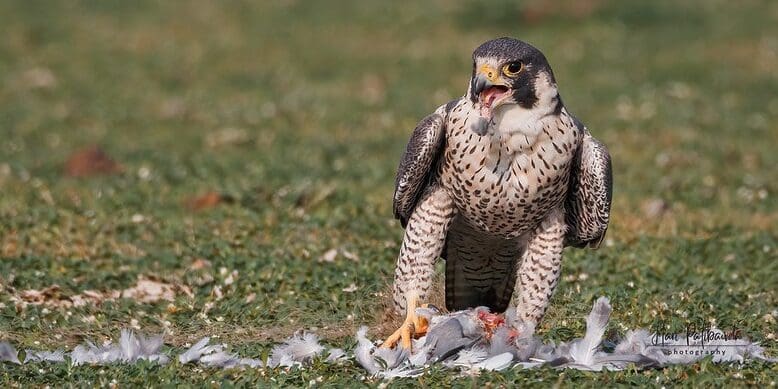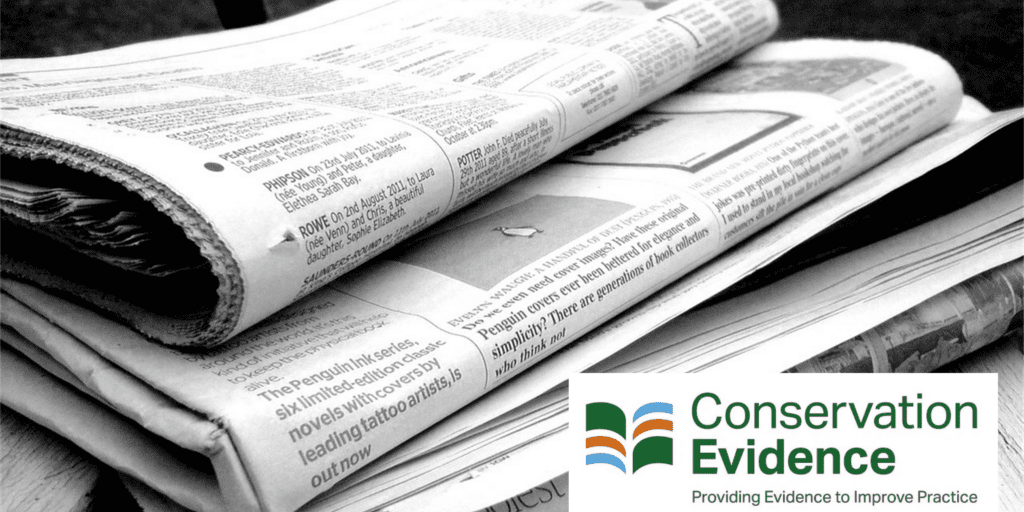Conservation guidance to help European seabirds in a time of climate change
This blog post was written by Dr Henry Häkkinen, Post-Doctoral Research Assistant at the Institute of Zoology, Zoological Society of London.

Seabirds are a very vulnerable group of species; globally, a third of all species are severely threatened [1]. They face a wide variety of serious threats, including loss of prey due to exploitation, habitat loss, bycatch, avian influenza, and the impacts of invasive species. However, increasingly, climate change is causing drastic changes in terrestrial and marine ecosystems. As animals that rely on both marine and terrestrial habitats for survival, there is wide-spread concern that climate change could threaten the viability of many seabird populations.
Our team, based at ZSL Institute of Zoology and the University of Cambridge, has therefore, over the last 3 years, produced a climate change assessment and associated conservation guidance for all 48 seabird species that breed in North-West Europe. A rich variety of seabirds breed in Europe, and are therefore covered, including auks, terns, gulls, petrels and shearwaters, ducks, phalaropes, skuas and grebes. It spans populations across the Atlantic and Baltic coasts of Europe, from Portugal to Svalbard.
Within this book, we have collated scientific publications, conservation reports and stakeholder expertise into a single resource to assist evidence-based decision making and conservation. Specifically, our guidance provides 1) an overview of climate change vulnerability of every breeding seabird in Europe and 2) an overview of conservation action options and evidence to help seabirds deal with the impacts of climate change. For each species and conservation action, we provide a high-level summary of key points, as well as extensive appendices transparently detailing sources, methodology and additional evidence.
The book is free to download in PDF format, and can also be purchased in paperback or hardback from the Open Books website.

How did we make the guidance?
This project was developed in collaboration with seabird conservationists across Europe. We carried out a series of workshops, gathering conservation experts from 16 countries and over 45 organisations to provide their knowledge and experience, and discuss present and future climate change threats. For each seabird species, we looked at evidence of current impacts of climate change that have already been observed, as well as carrying out our own climate change models to identify areas where breeding conditions may significantly worsen by 2100 [2]. We also considered which species might be particularly sensitive to climate change, and conversely which might be ecologically flexible enough to adapt. The input of conservation stakeholders was invaluable for identifying new, cutting-edge information, especially research in non-English languages, and to draw on the first-hand experience of the conservation challenges organisations and seabird practitioners face. You can read more about our co-development process in our recent paper [3].
We also used these workshops to collate and review conservation options for how we can help seabirds be more resilient and recover from the impacts of climate change. Pulling together both published evidence and first-hand experience of conservationists, this book outlines potential actions in response to climatic threats facing each seabird group. For each action, we provide a summary of the available evidence regarding its effectiveness, as well as quality of evidence, transparency of evidence, and how widely it has been trialled on various seabird groups. We also provide links to associated resources and key information to help conservation practitioners identify conservation actions to carry out.

Key impacts and findings
Over half of all species (27 of 48) we studied are already experiencing some kind of impact due to climate change. The vast majority of these impacts were negative (33 of 65 recorded species impacts), or neutral (27 of 65 impacts), though we did find a small number of cases where climate change can have positive effects (3 of 65 impacts). The most common impacts recorded were species range shifts, changes in the timing of breeding, reduced prey availability during the breeding season, and higher mortality due to winter storms. Projecting forwards, the assessment predicts that 45 of 48 included species will see a minimum of 60% of their current breeding sites become less suitable. For 21 species, like the horned grebe, over 90% of their total breeding area could become less suitable due to climate change.
Many species were also found to be very vulnerable to climate change, and many populations are likely to decline. In seabirds, this is commonly due to slow reproductive rates, high reliance on very specific food sources, specialised habitat requirements, or because they face many other threats that add a lot of pressure. In addition, the high site fidelity of many species is likely to compound the impacts of climate change, as it makes it less likely that such species would naturally disperse to establish new populations in more suitable areas. Some species we highlight as the most vulnerable to the impacts of climate change are Atlantic puffins, Brünnich’s guillemots (aka thick-billed murres) and black-legged kittiwakes.

Conservation implications
Without help, it is likely that many seabird populations in Europe will shrink, or even disappear, within the next 100 years. This includes iconic species like the Atlantic Puffin, which could substantially decrease in many of its current nesting sites, including populations in the UK, Ireland, Norway and most of Iceland. However, projections like these are not set in stone, they are based on what is likely to happen based on what we know now if no conservation action occurs. Reducing the level of climate change, and/or targeted conservation action, could help many of these species adjust to and withstand climate change.
Substantially slowing or stopping climate change would be the most effective way to mitigate many of these impacts, but many climatic changes are already baked in, and greenhouse gas emissions are being reduced slowly, if at all. Conservation researchers and practitioners therefore need to plan strategically and help seabird populations be more resilient to current and future impacts. We provide evidence, and evidence-based recommendations, to help conservation practitioners select effective conservation actions. We hope that this book will prove a key resource to support the difficult challenge that conservation organisations face to make evidence-based decisions to support seabirds in the face of climate change.

This post has also been published on The Seabird Squawk. It is reproduced here with permission of the author and curator of The Seabird Squawk.
References
[1] Dias M.P., Martin R., Pearmain E.J., Burfield I.J., Small C., Phillips R.A., Yates O., Lascelles B., Borboroglu P.G. & Croxall J.P. (2019) Threats to seabirds: a global assessment. Biological Conservation, 237, 525–537. https://doi.org/10.1016/j.biocon.2019.06.033
[2] Häkkinen H., Petrovan S.O., Sutherland W.J. & Pettorelli N. (2021) Terrestrial or marine species distribution model: why not both? A case study with seabirds. Ecology and Evolution, 11, 16634–16646. https://doi.org/10.1002/ece3.8272
[3] Häkkinen H., Taylor N.G., Pettorelli N., Sutherland W.J., Aldará J., Anker-Nilssen T., Aulert C., van Bemmelen R.S.A., Burnell D., Cadiou B., Campioni L., Clark B. L., Dehnhard N., Dias M. P., Enners L., Furness R.W., Hallgrímsson G.Þ., Hammer S., Hansen, E S. … Petrovan S. (2023). Co-developing guidance for conservation: an example for seabirds in the North-East Atlantic in the face of climate change impacts. Conservation Science and Practice, 5, e12985. https://doi.org/10.1111/csp2.12985



